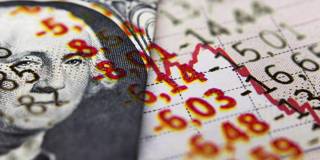OnPoint Subscriber Exclusive

Diane Coyle
Says More…
This week in Say More, PS talks with Diane Coyle, Professor of Public Policy at the University of Cambridge and the author of the forthcoming The Measure of Progress: Counting What Really Matters (Princeton University Press, 2025).
Project Syndicate: In 2022, you observed that high inflation was reinforcing the backlash against prevailing economic orthodoxy, including the “terms of social consent for business.” In your forthcoming book, The Measure of Progress: Counting What Really Matters, you note that while a “fully formed new public philosophy” has not yet emerged to replace that orthodoxy, a “fragmented picture is starting to take shape.” Which elements of that picture hold the most promise, which miss the mark, and what is missing altogether?
Diane Coyle: Conflicting visions of how society should be organized are a central feature of the political polarization so many countries are now experiencing. Writing in the 1930s, the Italian Marxist philosopher Antonio Gramsci famously observed that the crisis of politics in his own times – a clash of fascism and liberalism – consisted “precisely in the fact that the old is dying and the new cannot be born; in this interregnum, a great variety of morbid symptoms appear.” The comment seems apt today.
While discontent with the economic status quo is widespread, the ideas and values that should shape what comes next remain a source of sharp disagreement. Whereas some believe that the solution lies in doubling down on individualism, deregulation, and the minimization of taxation, others point out that government action is vital to address climate change and environmental degradation, limit the excessive market power of big corporations, and invest in public goods and services.